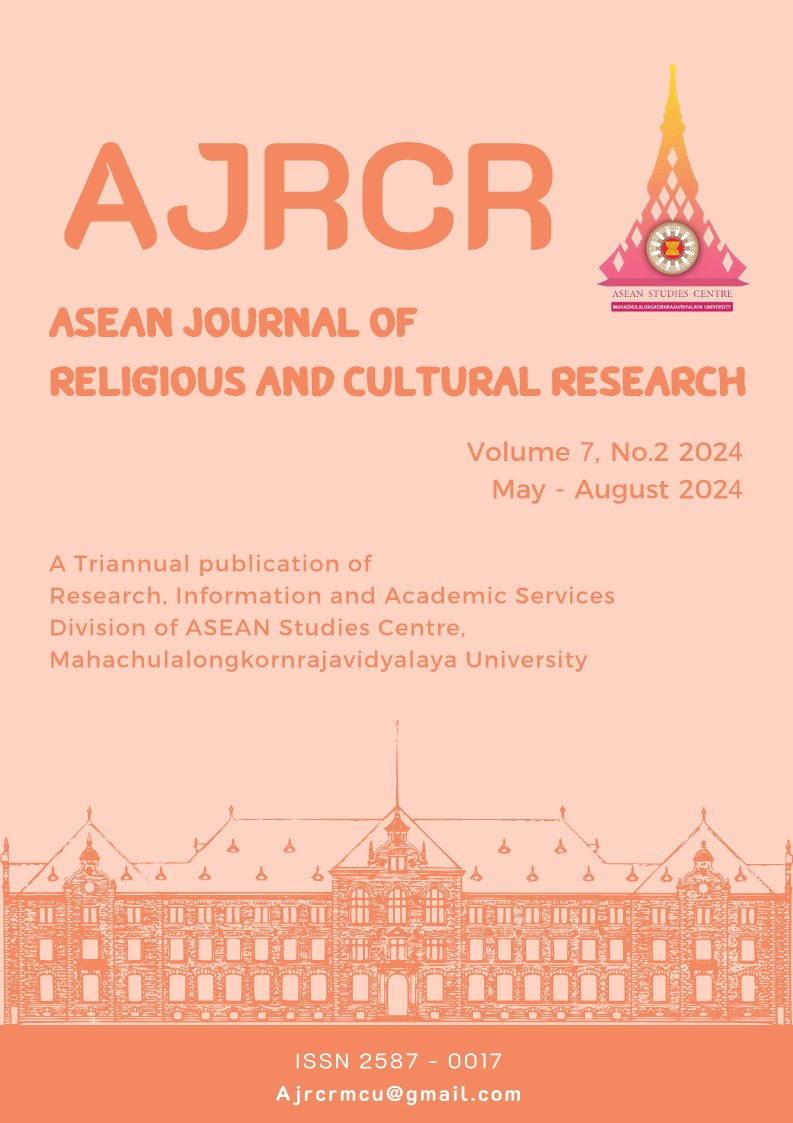Monks and Politics in Thailand: A Case Study of Phramaha Show Tassaneeyo
Keywords:
Monks and Thai politics, Phramaha Show Tassaneeyo, Phra SuthiveerabhanditAbstract
This article is written on Priests and politics by reflecting on the subject. The story is written as a questioning discussion. Curiously ask questions to seek specific facts along with verification with information and other evidence written in an essay or an academic article. By reflecting on his story, There is information that Phramaha Show Tassaneeyo (Phra Suthiveerabhandit) is likely to be one of many monks active in religion, politics, and public political issues. The contemporary present by public issue What you talk about, for example, is the packaging of Buddhism as the national religion, although it does not have an empirical effect. However, I saw the role of the monks in political participation. Campaign for the Ministry of Buddhism, even though it has become a national office of Buddhism—the Controversy in the Buddhist Bank and the Department of Academic Affairs' Campaign against excluding Buddhist subjects. The issue of land property of the temple bringing the cross to replace the Dharmachakra of the Buddha objection to the issue of claims of non-religious groups on the practice and non-compliance of non-religious adherents, etc. All of these are roles and participation in politics, state, religion, and participation in public issues of the King. Phramaha Show Tassaneeyo (Phra Suthiveerabhandit) as you have told each other as it appears.






